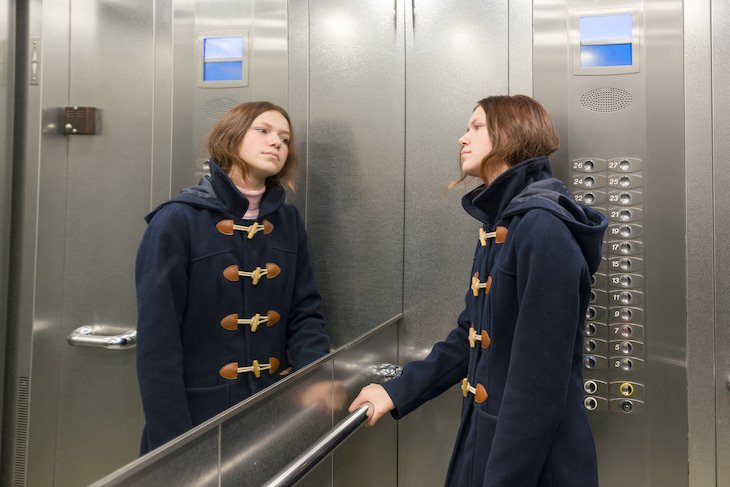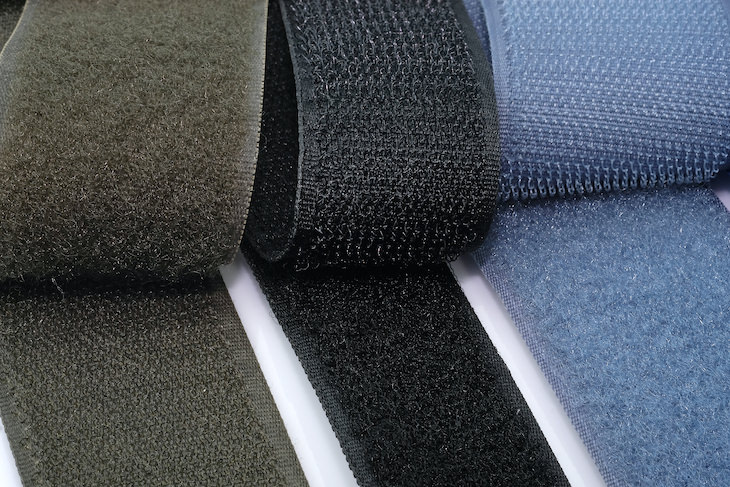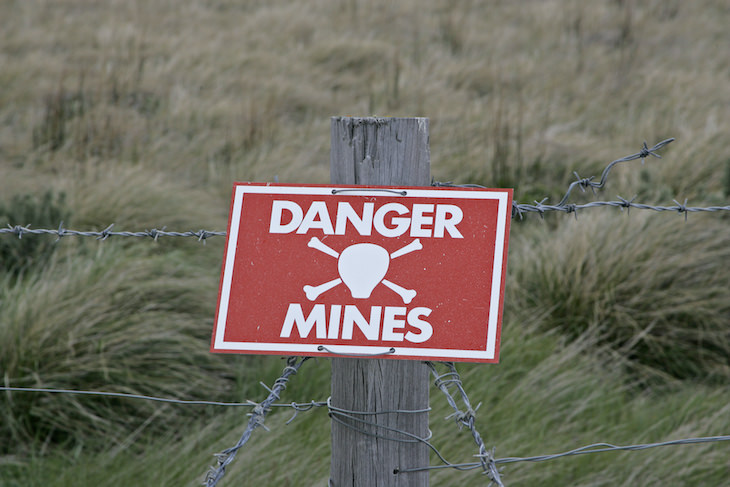
Our world becomes more and more hi-tech, and many problems that were a real issue in the past no longer exist. But alongside the great relief technology brings with it, it also has its own set of problems. It’s natural to believe that complex technological problems would require elaborate solutions, but that line of thinking can lead us to not see the much simpler solution sitting right under our noses.
Simple doesn’t necessarily mean inferior. In the 6 cases we’ve rounded in this article, simple common sense solutions saved a lot of trouble and money. Find out about these fascinating real-life stories, which were solved through the most unexpected means.

When buying a new car, you’d expect a spotless paint job, and carmakers put a lot of effort to ensure that happens. The problem is that even the smallest dust particle can destroy the best paint job. In fact, carmakers are so weary of dust they demarcate their painting departments from the main factory, and blast workers and visitors to the painting departments with air to remove dust and loose fiber that may be hanging on their clothes.
However, all those measures aren’t enough since minute dust particles can still find their way and stick on vehicles that await painting. Among all the hi-tech state of the art equipment, big car manufacturers like Ford use an age-old method to tackle this issue - ostrich feathers, preferably female. Any professional cleaner would know that ostrich feathers are the best at collecting dust. Right before the shell of the car glides along the production line to be painted, it is brushed with giant feather dusters. "Through their unique construction and durability, ostrich feathers are perfect for picking up and holding tiny particles," explained Dirk Hoelzer, Ford of Europe's chief paint engineer to the BBC.

Ever wondered why most elevators have mirrors in them? It turns out that the mirrors make elevators run faster. Well, kind of. Back in the day, when elevators were a relatively new invention, many users complained they were too slow. Several manufacturers returned to the drawing board and attempted to design a faster elevator model.
One company, however, tackled the issue from a different angle. After some research, they found most users thought elevators were slower than they actually were. That was probably due to the fact that people had nothing to do while being in the elevator, except stare into nothingness or think of their natural fear of falling from an elevator suspended mid-air with nothing but cables - which exaggerated their sense of time. So, mirrors were installed in order to distract people and give them something to look at while they waited. The mirrors also gave the usually small space of an elevator a sense of depth, thereby reducing the feeling of claustrophobia.
Related: 8 Mind-Blowing Technological Advancements

If you compare an overhead picture of a modern aircraft carrier with one from the World War II era, you’ll notice that one has an angled runway while the latter is straight. That isn’t a coincidence.
The angled deck was introduced just over six decades ago, with the invention of the jet engine. Propeller-driven airplanes, which were used in World War II, require shorter runways to take off and land. This meant carriers could launch and recover airplanes simultaneously. Because jet planes require longer runways for takeoff and landing, straight rectangular carriers were either launching or recovering airplanes but couldn’t do both at the same time. On top of that, landing jets that missed the arresting wire (which helps in rapidly decelerating a landing airplane) would not have enough runway space to taxi and would have to take-off to attempt another landing.
One possible solution to that problem was to build larger aircraft carriers, but that would not solve all of the aforementioned problems. Then, the British came up with the idea of angling the landing deck - this gave the jets enough room to land and, if they missed the wires, they could go back around and try again.

The absence of gravity is one of the most obvious problems NASA encountered in the early days of space travel. In a weightless environment like space, anything that isn’t secured to the ground or walls will just float around. Of course, not every single piece of equipment could be bolted in, so the engineers at NASA needed a creative and effective solution.
And what they came up with is simpler than you’d imagine. NASA turned to VELCRO, the inventor of hook-and-loop fasteners, and teamed up with them to manufacture a hook-and-loop fastener strong enough to keep stuff from floating around but capable of withstanding the extreme environment of space.
The material was used during the Apollo space missions and has been associated with NASA ever since. It was even added to spacesuit helmets so that astronauts can scratch their noses while spacewalking. Naturally, many people erroneously think that NASA invented hook-and-loop fasteners, but the 1940s Swiss invention was only adopted by NASA in the 1960s. Here are some incredible inventions NASA did come up with.

Landmines are a huge problem in war zones - they can remain active for decades, sometimes long after the war is over, and are only activated when someone steps on them. Finding those hidden explosives is challenging and dangerous, People with metal detectors do not only risk their lives, but they also work slowly, stopping to investigate every suspicious ping. Trained dogs, while commonly used, are expensive and tough to transport.
In 1997, a Belgian NGO called APOPO stepped in with an ingenious solution - TNT sniffing African giant pouched rats. These critters have an outstanding sense of smell which helps them locate the bombs, and they are light enough to walk over the mines without setting them off. Moreover, the giant pouched rats are significantly faster than humans and dogs - one rat could cover 2,000 square feet in just 20 minutes. Since the idea was introduced by APOPO, these super sniffers have helped clear 13,200 mines from minefields in Tanzania, Mozambique, Angola, Cambodia, and other places.
Related: 10 Stories of Animals That Had an Impact on the World

In 2015, photographs of EasyJet maintenance workers using tape on an aircraft engine went viral, causing some concern among air travelers. But it turns out that this is a perfectly safe procedure. “What you’re actually seeing is a heavy-duty aluminum bonding tape known as ‘speed tape,’” explains airline pilot Patrick Smith on his Ask The Pilot website.
Speed tape is the duct tape of airplanes. It is pressure-sensitive, approved for use by the Federal Aviation Administration (FAA), and engineered to adhere to the airplane fuselage, even when traveling at 550 mph, the typical cruise speed of a Boeing 777. It’s great for small and cosmetic repairs, but not designed for — or used for — more heavy-duty repairs.
Should your aircraft need more serious fixes, rest assured that the flight will be delayed or the plane will be taken out of service until maintenance has completed the work. Without speed tape, airplanes would have to be taken out of service for small issues, which would result in millions of dollars worth of damage to the companies.
If you found this article interesting, share it with friends and family!